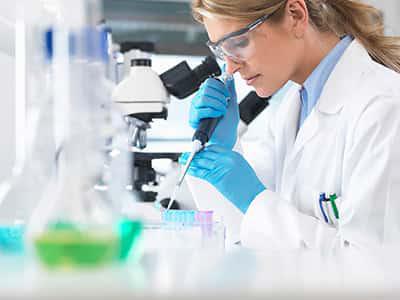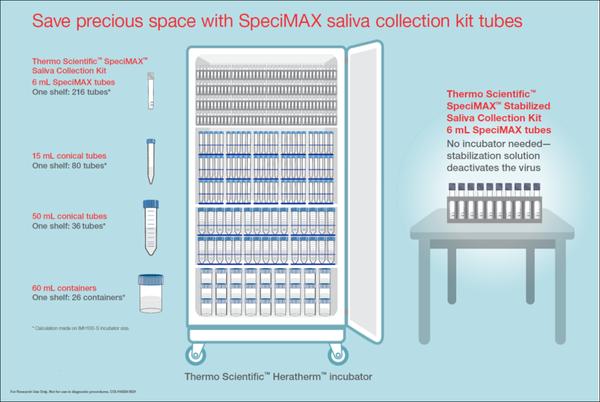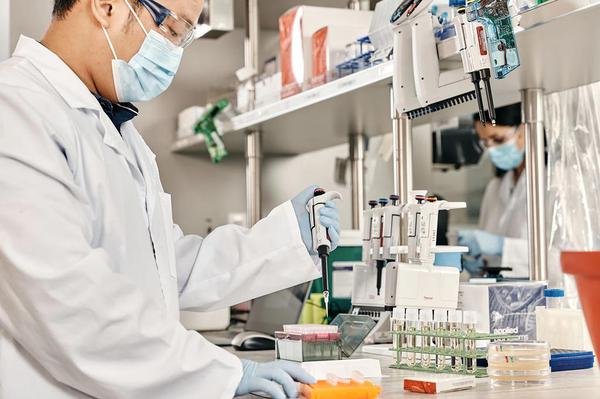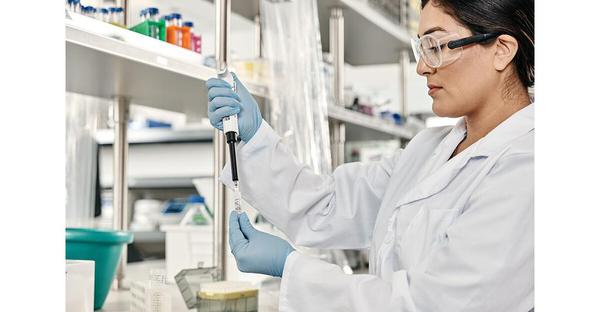Power of Personalized Skincare: How Beauty is Changing | Thermo Fisher Scientific - UK
Today’s consumers of beauty products don’t take anything for granted. Now more than ever, they care where ingredients come from, how they’ve been sourced, what their impact on the planet is, and above all, whether or not they do what they say they do. Marketing claims that sound “too good to be true” or are based on pseudoscience, ring alarm bells, which can lead to widespread rejection in the marketplace. To adapt to this new landscape, cosmetics and personal care manufacturers – from global co
















